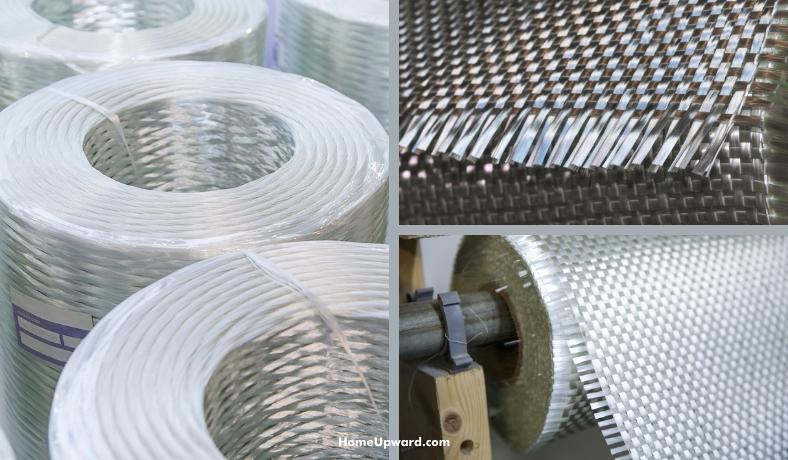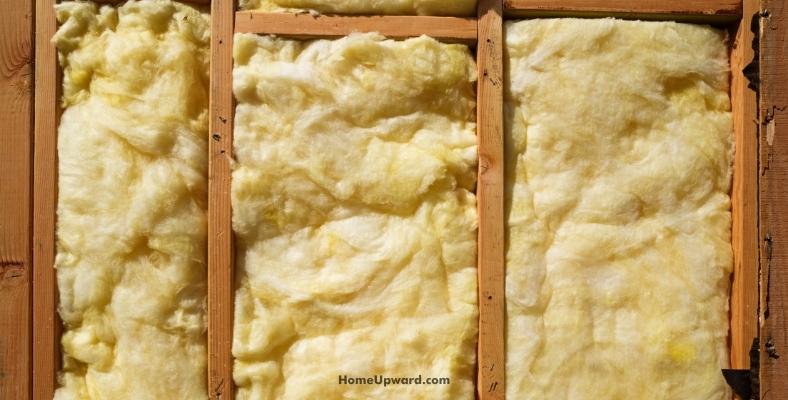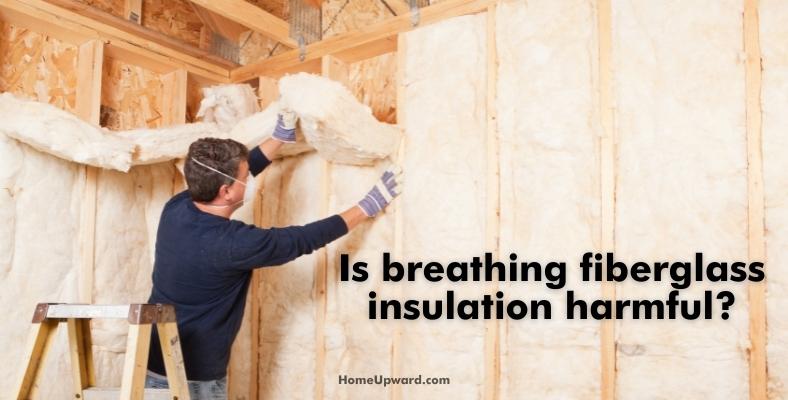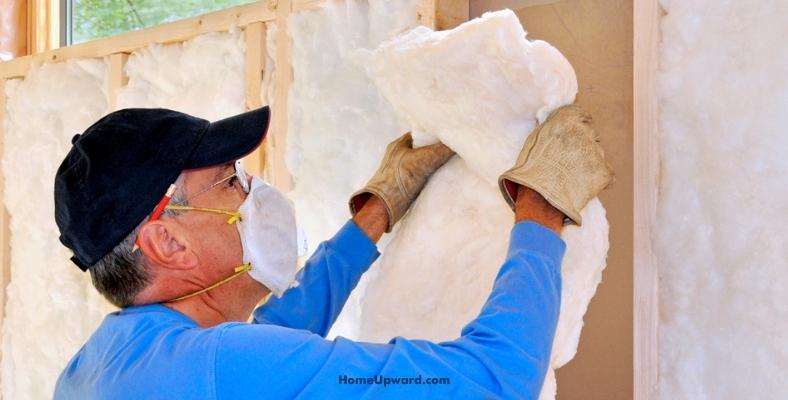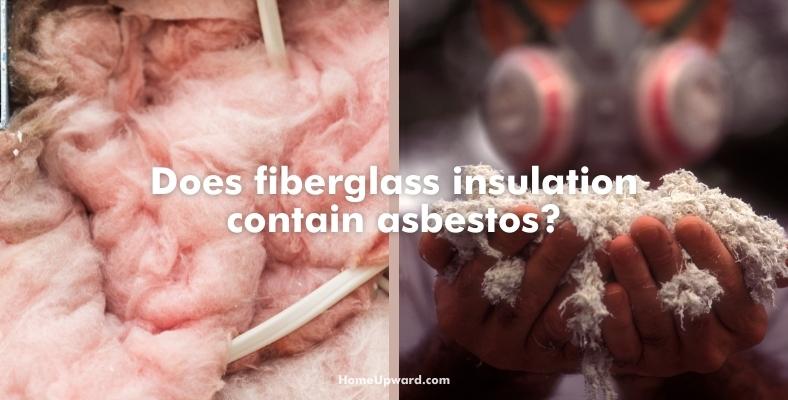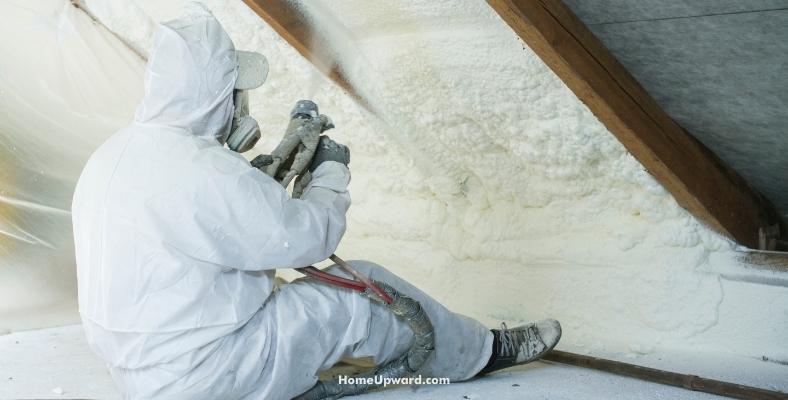Contents
What Are the Dangers of Working With Fiberglass Insulation?
Fiberglass insulation, also known as glass wool, is the common attic insulation almost everyone is at least a little bit familiar with. While it isn’t toxic there are some side effects to know if you’re going to be working with it:
- Fiberglass insulation material can irritate your respiratory tract if you breathe it in.
- Accidental ingestion may lead to stomach irritation.
- Breathing fibers can cause issues with your lungs.
Symptoms of short-term fiberglass exposure may include:
- Wheezing
- Coughing
- Skin irritation
- Eye irritation
Scientists haven’t found any long-term health effects from working with fiberglass. The current consensus is that it doesn’t cause cancer but it is an often-argued topic. It is still better to avoid inhalation of fiberglass dust just like any other material that could be inhaled.
Because of that, it’s so important to be sure and wear the right personal protection equipment (PPE).
Fiberglass on your skin
Touching fiberglass insulation will irritate your skin but the irritation will go away in a few days. With repeated exposure there’s no time for your skin to heal so it’s best to avoid it as much as possible.
This repeated exposure can result in painful rashes and you may end up scratching your face or other sensitive areas including your eyes which can make matters worse.
Working With Fiberglass Insulation Safety Tips
Is Fiberglass Insulation Safe to Touch?
While technically not dangerous, it’s not a good idea to handle fiberglass insulation with your bare hands. Doing so can lead to a stinging or itching sensation wherever you come into contact with it as well as transferring it to other parts of your body.
Personal Protection Equipment (PPE) You’ll Need
You’ll want personal protection equipment (PPE) when working with fiberglass even though it’s not directly dangerous like other materials. Specifically you should use:
- A respirator mask or a dust mask
- Safety goggles.
- Comfortable gloves: Although short gloves will work, I’d recommend longer ones that cover the wrist to help keep exposed arm skin from getting fibers on it.
The mask should seal around your mouth and nose and the goggles should seal around your eyes. You should also wear clothing that protects your skin especially if you regularly come into contact with fiberglass material.
Longsleeve shirts or a work jumpsuit or a mechanic’s jumpsuit are good examples.
How To Handle Fiberglass Insulation Safely
- When working with fiberglass insulation, roll large pieces and then place them in a garbage bag if removing and replacing it.
- Avoid tearing pieces off as this can release fibers.
- A shop vacuum can be used to remove leftover bits and pieces but a filter must be installed or fibers can become airborne.
Once you’ve finished working with it, promptly take a shower and thoroughly wash your skin. Wash your work clothes separately from your other clothing to ensure any remaining fiberglass dust doesn’t transfer.
Is Breathing Fiberglass Insulation Harmful?
Breathing fiberglass insulation is not harmful in the same way asbestos fibers are harmful but can still cause issues especially for those with asthma. Airborne fiberglass will irritate your throat, mouth, and possibly your nasal passages if you breathe it in.
It shouldn’t cause long-term issues, though. Fibers can remain in your body a while and are normally expelled but you won’t want to cause an unexpected reaction in your body leading to serious illness by being careless around it.
How Do You Clean Fiberglass Insulation Dust?
Cleaning fiberglass insulation dust isn’t difficult.
- Wear protective gear and start by using a vacuum that has a HEPA filter. A vacuum without a HEPA filter will not be able to clean up the fiberglass and isn’t a good way to clean.
- After vacuuming, use a mop or a wet cloth to pick up any residual fiberglass particles.
- Don’t do anything that will kick up the particles like sweeping or shaking an item out. Doing this risks contaminating the air and making the space uninhabitable.
Does Fiberglass Insulation Contain Asbestos?
Modern-day fiberglass insulation isn’t made with asbestos fibers but this isn’t always true for fiberglass made and used in construction before the 2000s. Insulation produced before then may contain a small portion of asbestos.
Fiberglass insulation installed before asbestos was phased out in may contain some, but fiberglass insulation being old enough to meet these criteria is unlikely. Typically, this insulation will last around 30-50 years.
What Are the Alternatives to Fiberglass Insulation?
Cellulose insulation
Cellulose insulation is a processed ground-up paper fiber material that’s more environmentally friendly than fiberglass but there’s still some dust to worry about. This dust is a lot less dangerous than fiberglass dust, though.
Cellulose insulation is usually a better insulator than fiberglass. When it is not a better insulator, they work about the same. It can also face the same mold issues fiberglass is but the risk isn’t any higher in cellulose insulation than in fiberglass insulation.
It’s actually somewhat lower because cellulose insulation gets a non-harmful chemical that helps protect it from pests and mold growth.
Spray foam
Spray foam insulation is a lot more effective than fiberglass insulation although it comes at a higher price point to match its effectiveness. It also lasts a lot longer while having higher mold resistance.
Both cellulose insulation and spray foam have a lot less air leakage than fiberglass, too.

